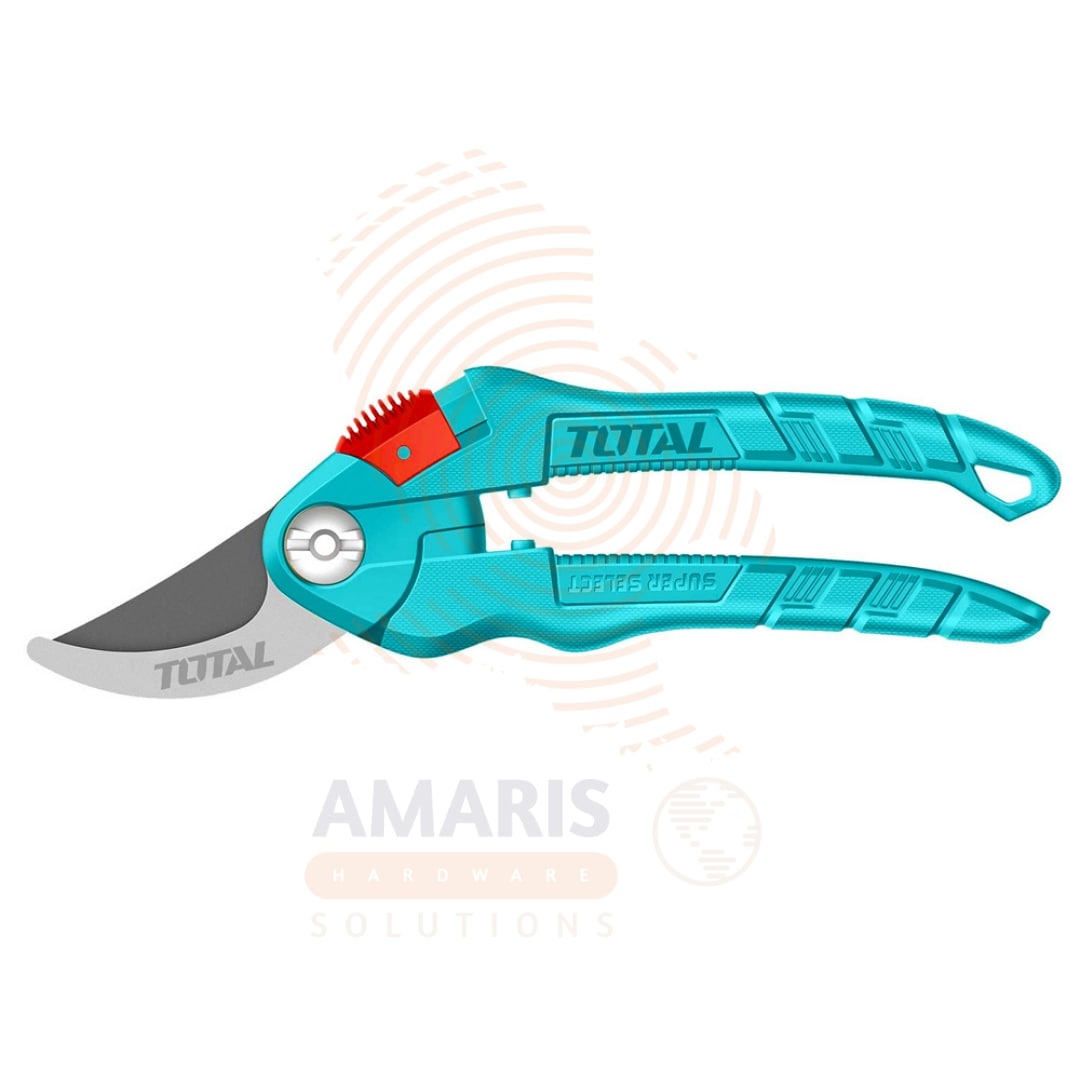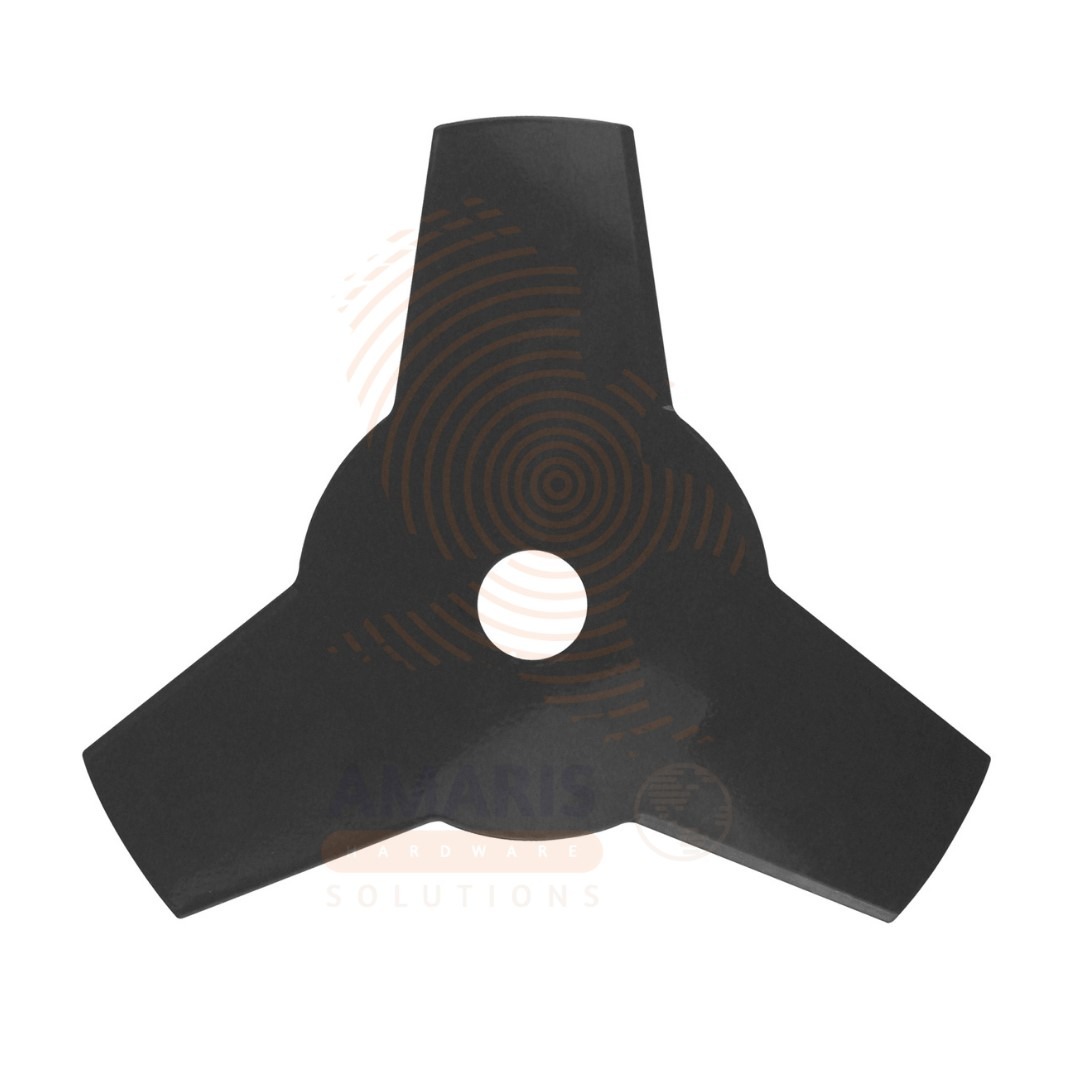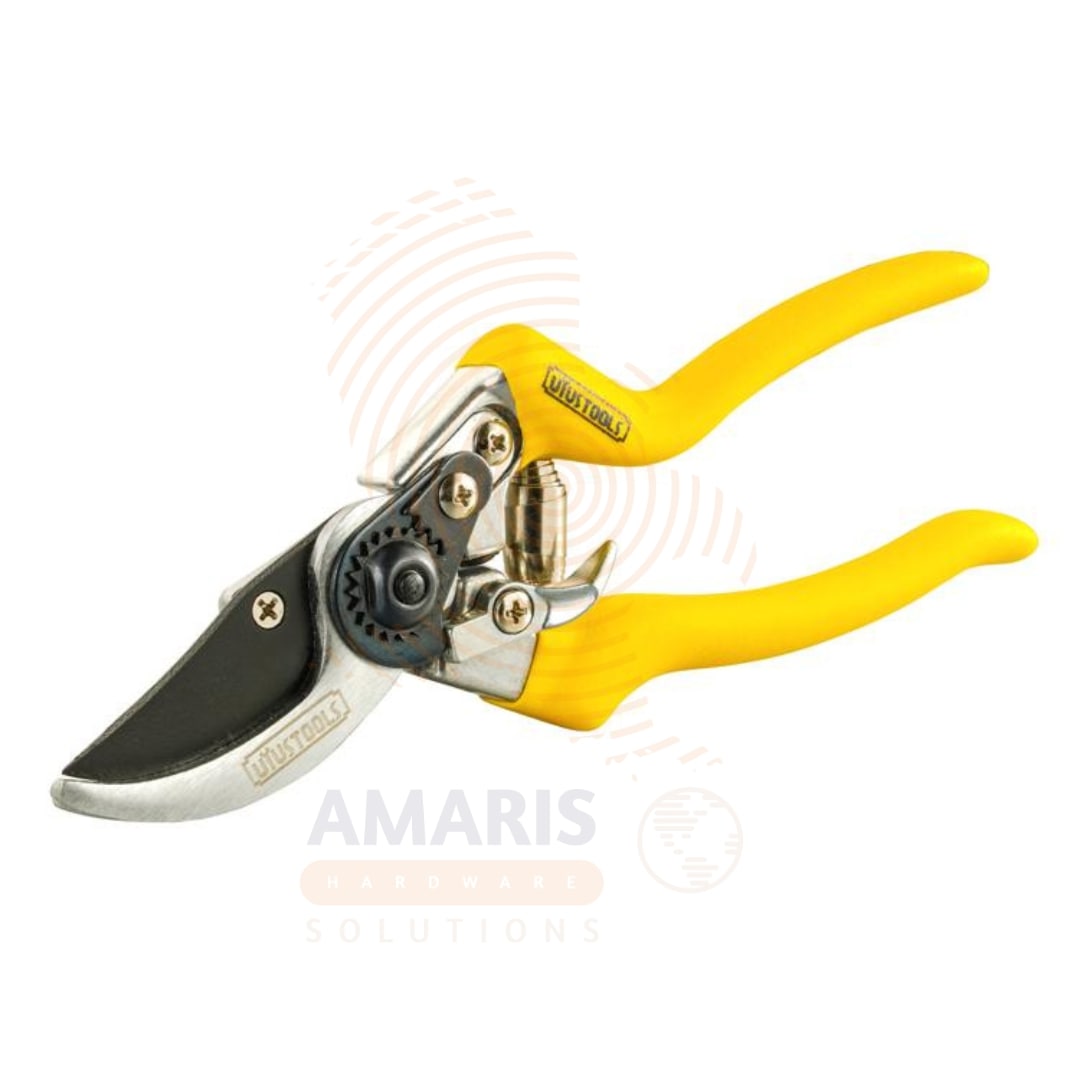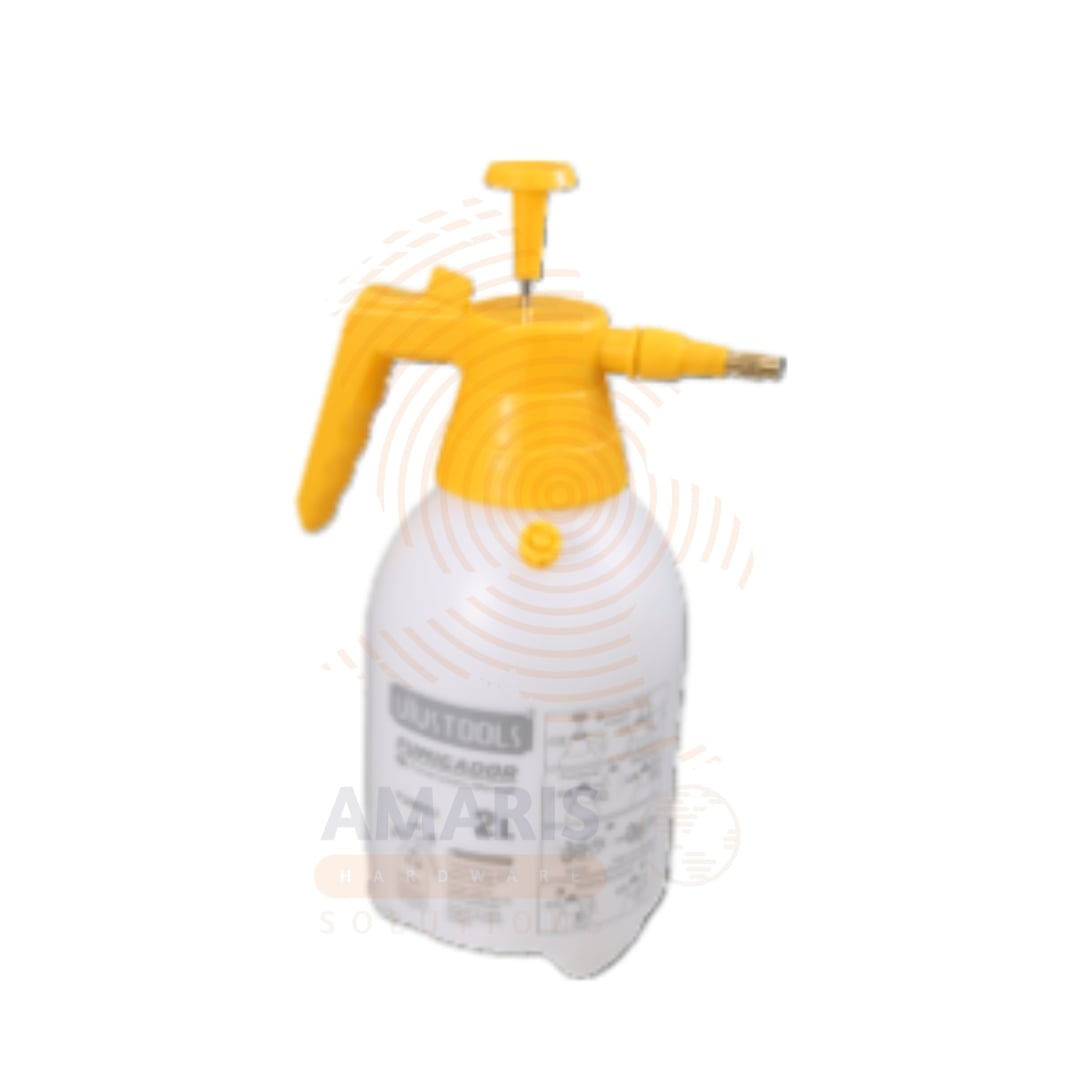Comprehensive Tutorial on Using Pruning Shears for Healthy Plant Growth

Pruning shears are essential tools for gardeners and plant enthusiasts. Proper pruning techniques can promote healthy growth, shape plants, increase yields, and prevent disease. In this guide, we’ll cover the techniques for using pruning shears, along with tips on timing, cutting angles, and tool maintenance.
1. Understanding Pruning Shears
There are two main types of pruning shears:
- Bypass shears: Like scissors, they have two blades that pass by each other, providing a clean cut. These are ideal for live branches and stems.
- Anvil shears: These have a single blade that closes onto a flat surface (the anvil). They are better for dead or dry branches.
For most general pruning, bypass shears are preferred because they deliver cleaner cuts, reducing the risk of damaging the plant.
2. When to Prune
Pruning at the right time is crucial for encouraging healthy growth and flowering. Different plants have different ideal pruning seasons:
- Spring bloomers (e.g., lilac, forsythia): Prune right after the blooms fade in late spring or early summer.
- Summer bloomers (e.g., roses, hibiscus): Prune in late winter or early spring before new growth begins.
- Evergreens: Prune in late winter or early spring before new growth begins.
- Fruit trees: Typically pruned in late winter (while dormant) to promote strong growth.
Avoid heavy pruning in late fall as this can encourage new growth that might not survive winter.
3. Techniques for Using Pruning Shears
3.1 Choosing Where to Cut
- Deadheading flowers: Remove spent blooms just above the first healthy set of leaves or buds. This encourages the plant to redirect energy into new growth rather than producing seeds.
- Thinning branches: To reduce overcrowding, identify weak, damaged, or crossing branches and cut them back to their base or just above a healthy bud.
3.2 Cutting Angles
The angle at which you make your cuts can affect the plant’s ability to heal:
- 45-degree angle: Always cut at a 45-degree angle. This prevents water from collecting on the cut surface, which can lead to rot or disease.
- Outward-facing buds: When pruning stems, cut above a bud facing outward to encourage the new branch to grow away from the plant’s centre, improving airflow and light penetration.
4. Tool Maintenance
4.1 Cleaning
- Clean blades with soapy water: This removes plant sap and debris.
- Disinfect with alcohol: To prevent the spread of plant diseases, especially if you’re working with diseased or dead material.
4.2 Sharpening
- Use a sharpening stone or a pruner-specific sharpener.
- Sharpen the bevelled edge of the blade, maintaining the original angle of the bevel.
4.3 Lubrication
Apply a few drops of oil (e.g., WD-40 or similar) to the pivot point after cleaning to keep the shears operating smoothly.
5. Common Pruning Mistakes to Avoid
- Over-pruning: Removing too much foliage at once can shock the plant and slow growth. A general rule is to never remove more than 25% of the plant’s foliage at one time.
- Cutting too close to the bud: If you cut too close, the bud may die; leave about ¼ inch of stem above the bud.
- Pruning at the wrong time: Pruning during the wrong season can reduce blooms or fruit production and make the plant vulnerable to cold damage.
6. Final Tips for Success
- Keep your shears clean and sharp for the best results.
- Learn your plants: Understanding the growth habits of your plants will help you prune correctly.
- Practice makes perfect: Don’t be afraid to start pruning—most plants are resilient and will grow back even if you make a mistake.
By mastering the use of pruning shears and applying these techniques, you’ll encourage healthy growth, promote flowering or fruiting, and maintain beautiful, vigorous plants.


















